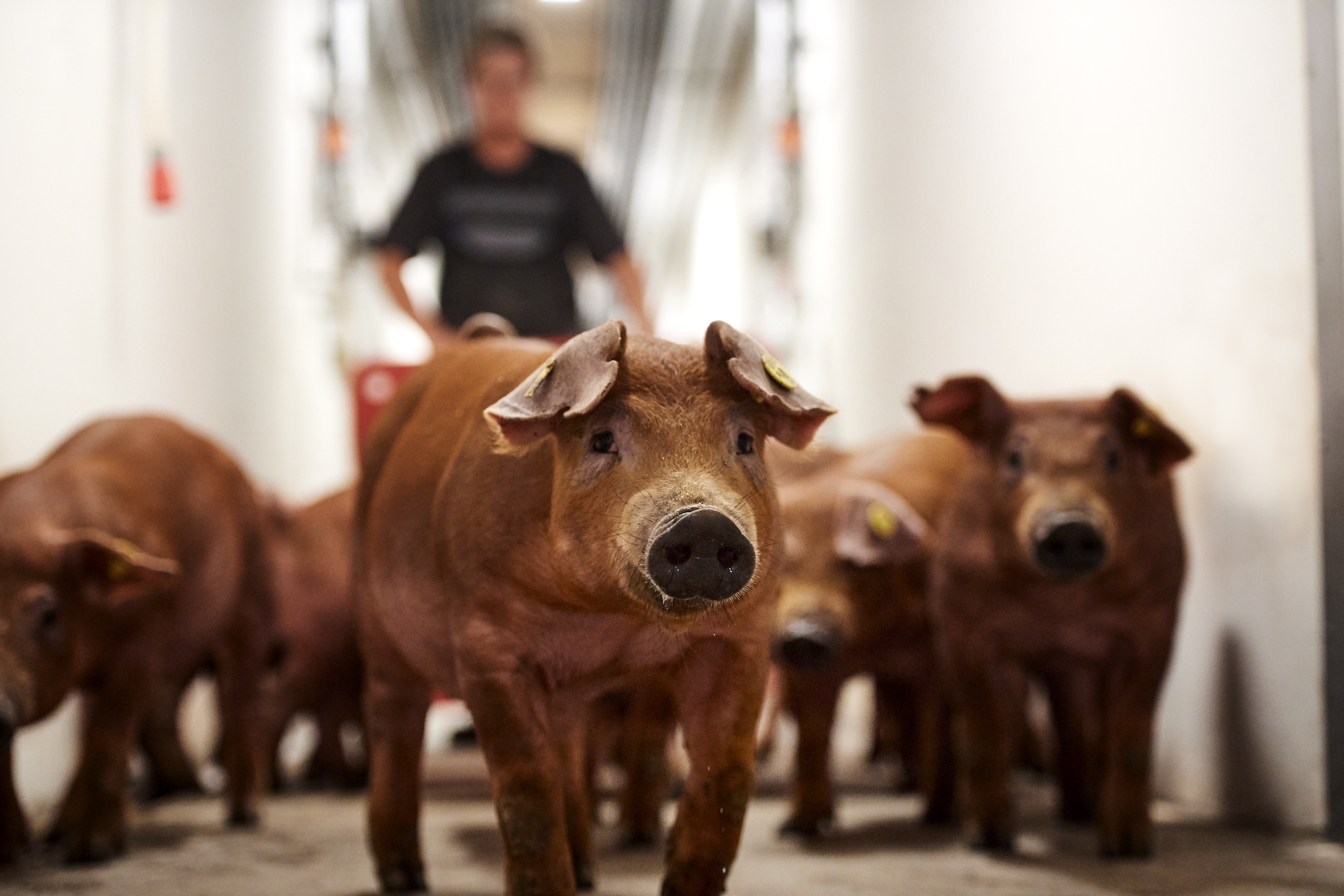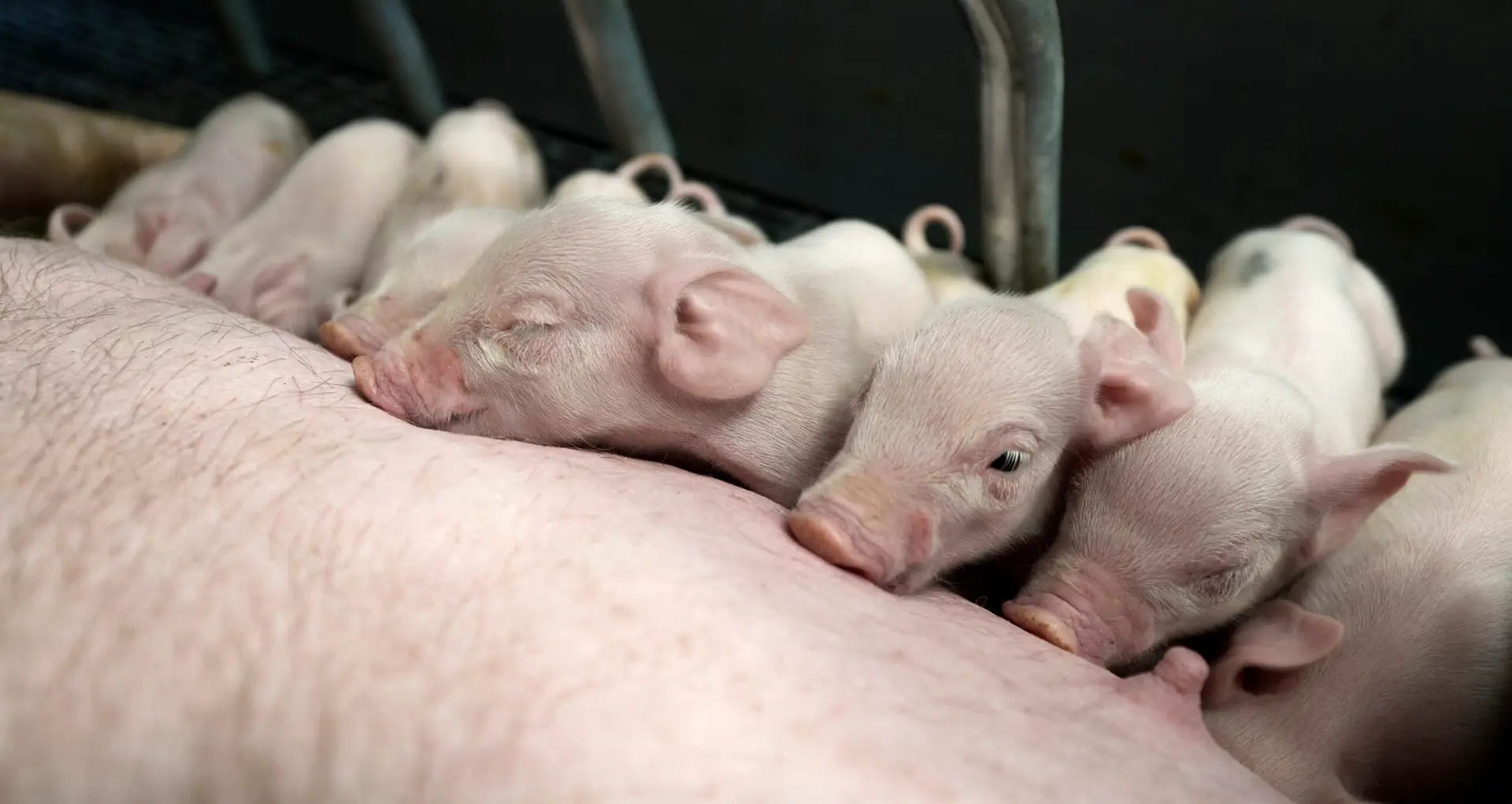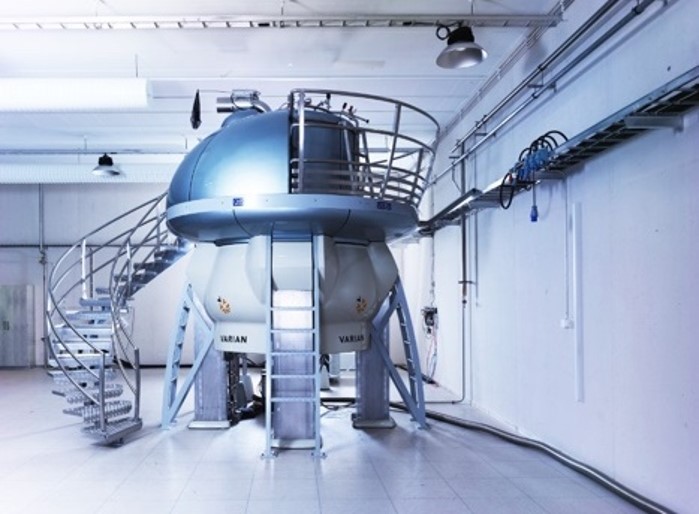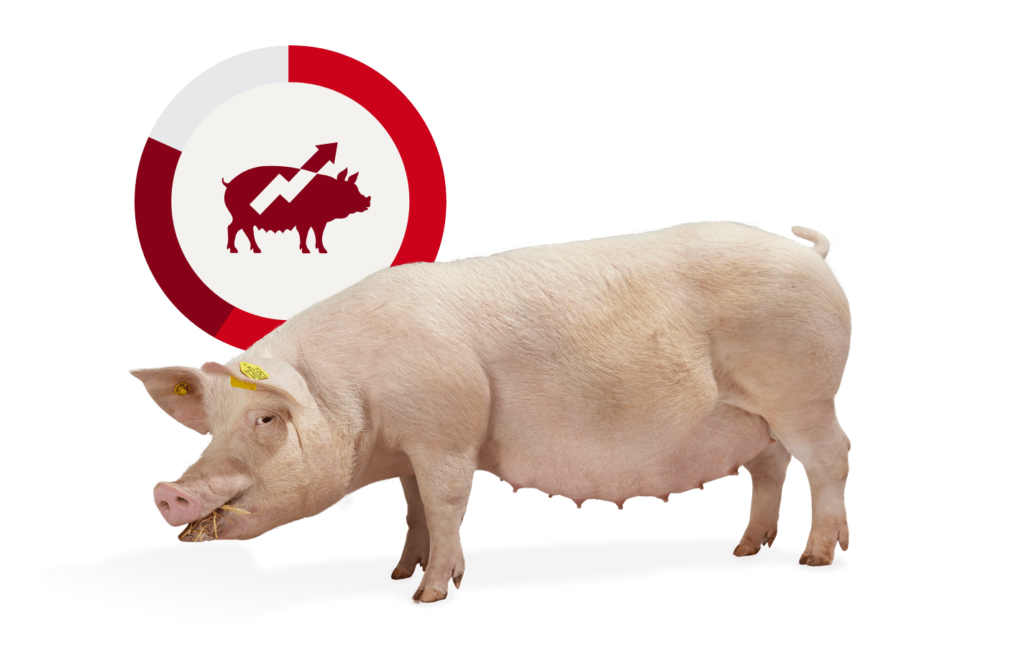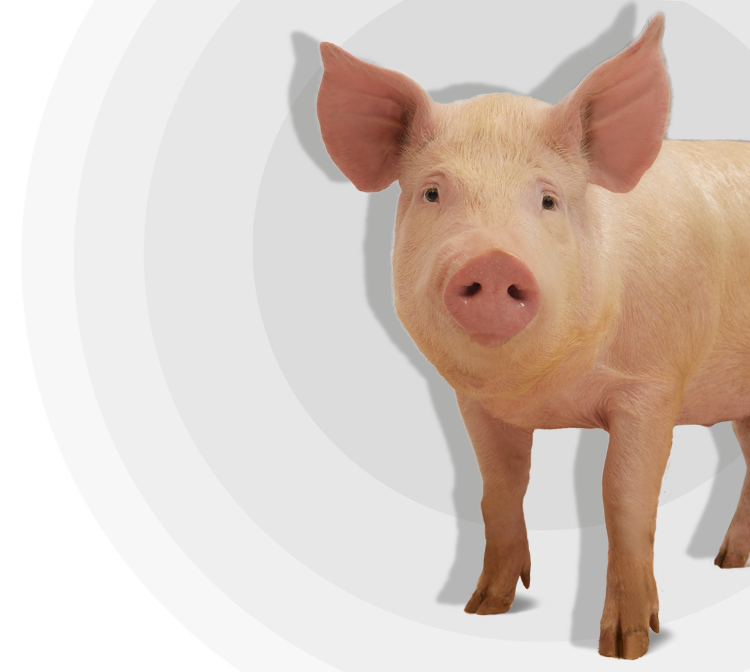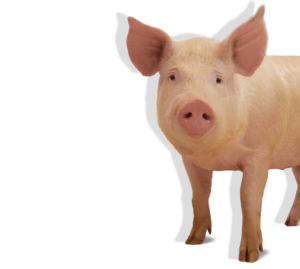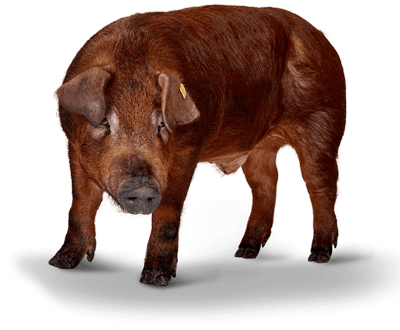Written by
Roger Berrios, Product Manager Acids, Biomin Holding GmbH
Simon Skaarup Jensen, Technical Sales Manager Swine, Biomin Holding GmbH
Andre VAN LANKVELD, Regional Director Western Europe, Biomin Holding GmbH
Introduction
Gastric ulceration or gastric (stomach) ulcers is a condition that is common in pigs. A gastric ulcer is defined as a gastric mucosal defect where the entire epithelial thickness, down to or through the basement membrane has been lost. They appear as a bordered cavity often coated with exudate, and can be acute or chronic.
The prevalence of the condition in different categories of pigs differs according to specific management and feeding practice in the regions. For instance, prevalence is high in categories of pigs ranging from 45 to 90 kg in some regions. In Denmark, gastric ulcers are frequently observed in the transition period between gestation and farrowing. Nevertheless, stomach ulcers can occur in pigs of all ages, sex and breeds.
Gastric ulcers can appear in the glandular (blue part in Image 1, region inferior y posterior of the stomach in connection with duodenum and at the non-glandular (red part in Image 1) in connection with the entrance and exit of the stomach. Ulcers in the glandular regions are less common and are associated with infection involving bacterial disease like salmonellosis, parasites like Hyostrongylus rubidus or a virus such as transmissible gastroenteritis (TGE). Ulcers in the non-glandular region are more common and of clinical relevance due to welfare, health and economic losses in the pig industry. The condition is present worldwide and its prevalence varies a lot depending on husbandry and feeding regimes.
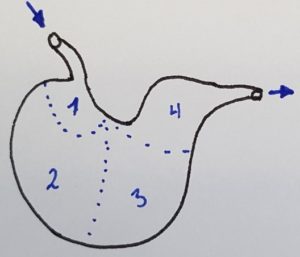
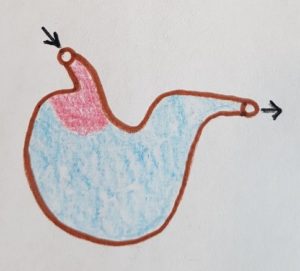
Image 1. Pig stomach. Left arrow indicates the entering of feed via the oesophagus into the non-glandular region of the stomach (shaded in red). The remaining, bigger part of the stomach and the beginning of the duodenum (right arrow) form the glandular region of the stomach (shaded in blue).
Contributing factors for the presence of gastric ulcers in swine
Several factors can contribute to gastric ulcers in pigs and are related to environmental and management risk factors, nutritional or dietary factors and infectious or pathogenic factors. The most critically important are nutritional factors.
Nutritional or dietary factors
Anything that increases the rate of passage of the feed through the stomach and leads to an empty stomach should be considered a risk- these factors are associated with nutrient and ingredient composition, milling procedures and processing of the feed.
Nutrient and ingredients composition
- High energy feed
- Starchy diets low in protein
- Low fibre in the feed
- High levels of corn (especially if it is finely ground, gelatinized or expanded) or high levels of wheat (>55%) in feed
- High inclusion of cheese whey or skimmed milk
- High copper levels associated with low zinc levels
- High levels of unsaturated fat especially if accompanied with low levels of vitamin E
- Deficiencies of selenium or vitamin E
- High levels of organic and inorganic acids to acidify the diets and/or stomach of the pig
Milling procedures and feed processing
- Hammer milling shatters the grains and rolling milling squashes the grains, therefore, hammer milling might increase the incidence of ulcers especially if the shattered particles are too fine.
- Finely ground ingredients, depending on the size of the mill for instance 3 mm screen has higher incidence of ulcers than 6 mm screen
- Particle size of the diet (the more ground the feed is, the higher the incidence of ulcers). Very fine particle proportions of the feed lead to a fast emptying of the stomach, increase pepsin levels and possible low homogeneous pH in the stomach. Reducing the particle size below 400 µm results in a high incidence or ulcers, 600-700 µm is optimal.
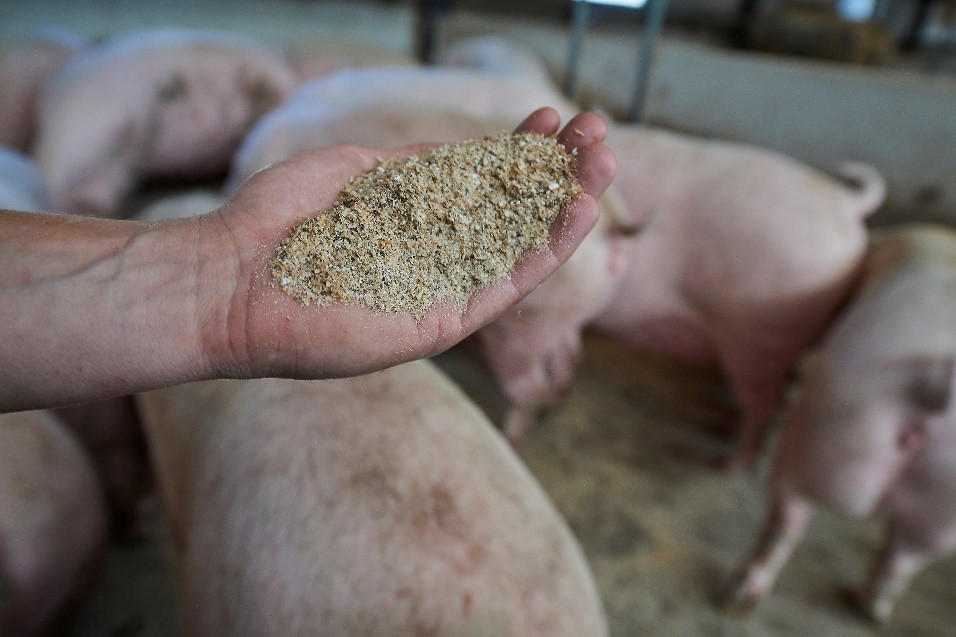
Environmental and management factors
- Stressful situations in production such as confinement, overcrowding, mixing and grouping, transportation, changes in environment (temperature fluctuation, air speed, annoying or loud sounds).
- Provision or availability of feed and water; irregular feeding patterns, feed and water restriction, feeder space, hunger period, sudden change of feed (meal feed to crumble/pelleted feed or vice versa), ad libitum dry feeding when compared to liquid restricted feeding is quite negative by the stress of reduction in feed.
- Pre-mortem handling e.g. extended stay in the lairage at the slaughterhouse.
- Increase of fatigue, anxiety, fear, pain on the animals.
Infectious or pathogenic factors
Presence of Helicobacter heilmannii, Helicobacter suis (formerly Gastrospillium suis) and Fusobacterium gastrosuis. These bacteria might stimulate acid-producing parietal cells in the stomach mucosa increasing hyperacidity, which is also associated with high fermentation produced by Lactobacilli spp., and Bacillus spp..
Pathogenesis, clinical signs and post mortem lesions
Ulcers can develop in less than 24 hours. Generally, an imbalance between gastric acid secretions, changes in mucous composition and gastric mucosa protection is necessary for the development of ulcers in pigs. When the gastric mucosa is damaged, hydrochloric acid and pepsin can easily further damage the submucosa of the stomach. The particle size and physical form of the feed influences the pepsin and acid secretion in the stomach also by high fermentable carbohydrates. The ulcer process might evolve from thickening from the mucosa at the beginning to erosions, ulceration and haemorrhage to a perforated ulcer in the stomach.
Depending on the duration, the appearance of the ulcers can be hyperacute to a chronic condition. Generally, in hyperacute/acute condition, no clinical signs are observed and pigs may suddenly die from a gastric haemorrhage. In subacute/chronic condition, a decrease in performance (growth rate/feed intake), pallor, also called bleach out syndrome (mucous membranes of the eyes, mouth or vulva), weakness, reluctance to walk and recumbency, anorexia, black pasty/tarry faeces (melena), anaemia (low haematocrit, haemoglobin and erythrocyte counts), teeth grinding due to stomach pain and greenish vomiting (bile-stained) can be observed.
At necropsy, the characteristic findings are ulcers confined to the oesophageal portion of the gastric mucosa. If the cause of death was a haemorrhage, the carcass will be pale and blood clots or fresh blood is present in the stomach and intestines or melenic content (brown digested blood) in intestines. A pathologist will also find hyperkeratinisation (thickening) of the stomach mucosa often stained green, parakeratosis, erosion of the mucosa, ulcers that vary from focalized to diffuse thickened to fibrotic with gastroesophageal stricture. Usually, macroscopic findings are sufficient for diagnosis. It is important to differentiate gastric ulcers with diseases such as proliferative enteritis of swine, enteric salmonellosis, and swine dysentery among others.
Treatment
Although medication generally does not help and euthanasia is advisable when problems are severe in valuable animals, it might help to provide:
- Drugs that suppress the production of stomach acid and coating the stomach lining.
- Feed with more fermentable fibres and structure.
- Injectable antibiotics.
Prevention and Control
Gastric ulcers in pigs are a multifactorial and complex condition. The most important risk factor is the correct nutrition and feed which optimize the particle size and physical form, maintaining the highest performance whilst minimising the incidence.
The key factors to consider are:
- the cereal composition (milling properties are linked to types of kernels).
- the pre-pelleting grinding intensity of feedstuffs- particle size distribution is crucial. Evaluate the granulometry of feed with dry sieve analysis when processing meal and wet sieve analysis when processing pelleted diets. Increased proportions of coarse particles in the feed does not prevent ulceration if the proportion of very fine particles is very high. When granulometry is smaller than 700 µm (cut off level) the prevalence of gastric ulcers increases.
- the pelleting process (heat/pressure treatment).
Feeding finely ground and pelleted diets results in more liquid gastric digesta and homogenous pH values, however liquid feeding does not influence the development of gastric ulcers; the physical form (structure) of the diet has higher importance than water content of the diet.
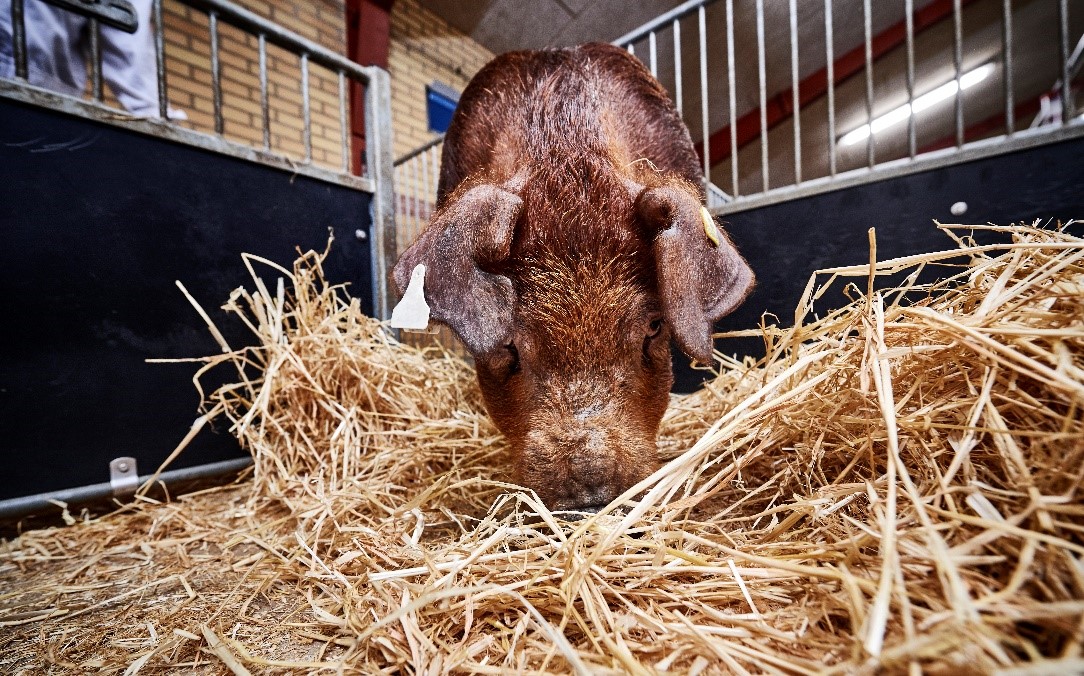
Take home messages
Gastric ulcers in pigs are a welfare and health problem in the swine industry that cause high economic losses. Although some bacterial agents might be involved in the development of gastric ulcers, the main factors are stress and nutritional issues- with the proportion of fine particle size in the feed being the most important. Very fine particle proportions in the diets of pigs are the most important trigger factor facilitated by improper management practices and feeding regimens. A proper evaluation of the particle size distribution of the ingredients and feed is therefore important to prevent the incidence and prevalence of stomach ulcers in pigs, in addition to other predisposing factors outlined above.

